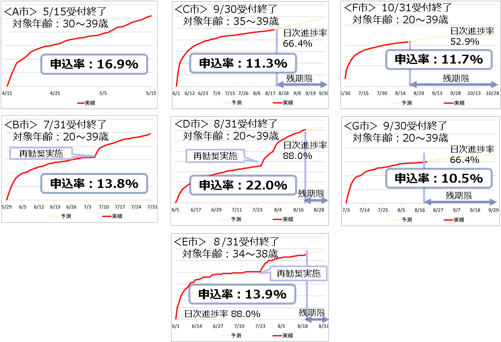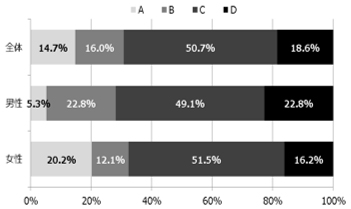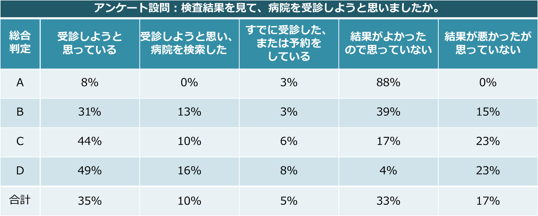- KDDI HOME
- Corporate Information
- News Releases
- 2015
- KDDI announces full-scale nationwide launch of Smaho de Dock self health examination service
- KDDI announces full-scale nationwide launch of Smaho de Dock self health examination service
KDDI announces full-scale nationwide launch of Smaho de Dock self health examination service
■ Details of full-scale nationwide launch of Smaho de Dock service
1. How to use
The customer registers on the Smaho de Dock website, enters the necessary information on the application screen, applies for the test service, and makes an online payment [*]. A test kit is mailed to the customer's home (registered address). The customer uses it to take a blood sample, then sends the sample by ordinary mail to the testing center. About one to two weeks later, the results are posted to the customer's personal Web page, which can be accessed by smartphone or computer. The customer checks the results, searches for a nearby hospital or uses the disease search function if necessary, and starts making it a habit to perform regular checkups.
![]() <Application page on Smaho de Dock website>
<Application page on Smaho de Dock website>
<Smaho de Dock Support Center>
<Items that users can check on personal Web page>
| Overall results | Detailed results for each item | Improvement advice/comments |
| Graph of results over time | Results output function | Hospital search function |
| Disease search function [*] |
<Application procedure>
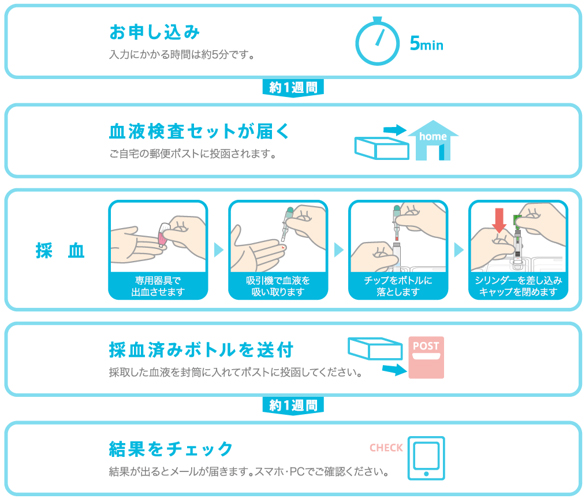
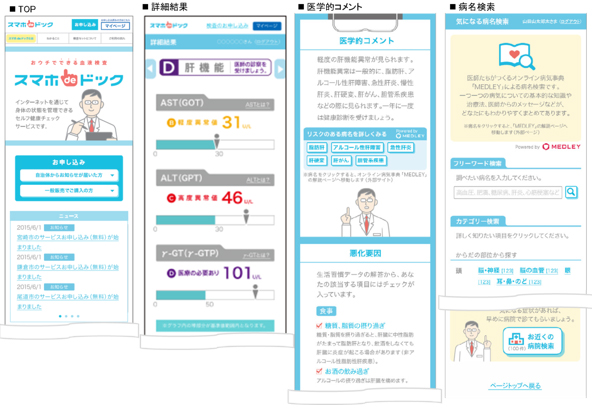
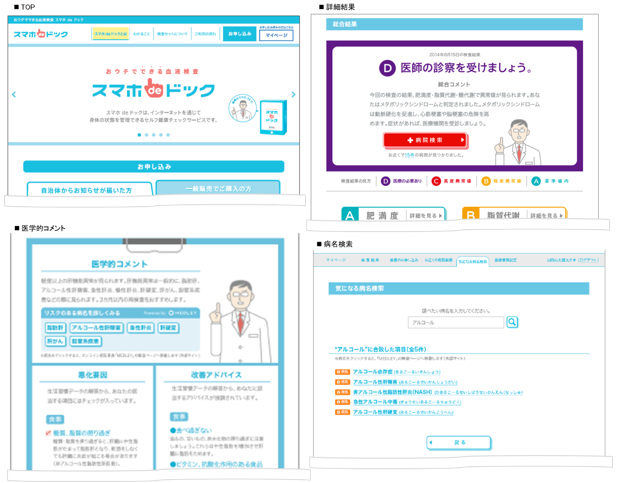
2. Test items
Biochemical blood test service that measures 14 substances
List of 14 measured substances: Total protein, albumin, AST (GOT), ALT (GPT), γ-GT (γ-GTP), urea nitrogen, creatinine, uric acid, blood glucose, HbA1c, neutral fat, total cholesterol, HDL cholesterol, and LDL cholesterol.
3. Eligible users and age groups
- Recommended age for testing: 20 and over
4. Cost
Biochemical blood test service that measures 14 substances: ¥4,980 each time (tax excluded)
5. System requirements for Web service
| Device/OS | Browser | |
|---|---|---|
| Smartphone |
|
|
| Computer |
|
|
<Reference>
■ Details of demonstration project
1. Participating municipal insurers
Customers are able to use Smaho de Dock for their 2015 health examinations through 15 municipal health insurers across Japan, as listed below.
(As of August 26, 2015)
| Dazaifu (Fukuoka prefecture) | Ishikari (Hokkaido) |
| Kamakura (Kanagawa prefecture) | Onomichi (Hiroshima prefecture) |
| Ayase (Kanagawa prefecture) | Miyazaki (Miyazaki pefecture) |
| Adachi ward (Tokyo) | Bando (Ibaraki prefecture) |
| Higashiomi (Shiga prefecture) | Otake (Hiroshima prefecture) |

